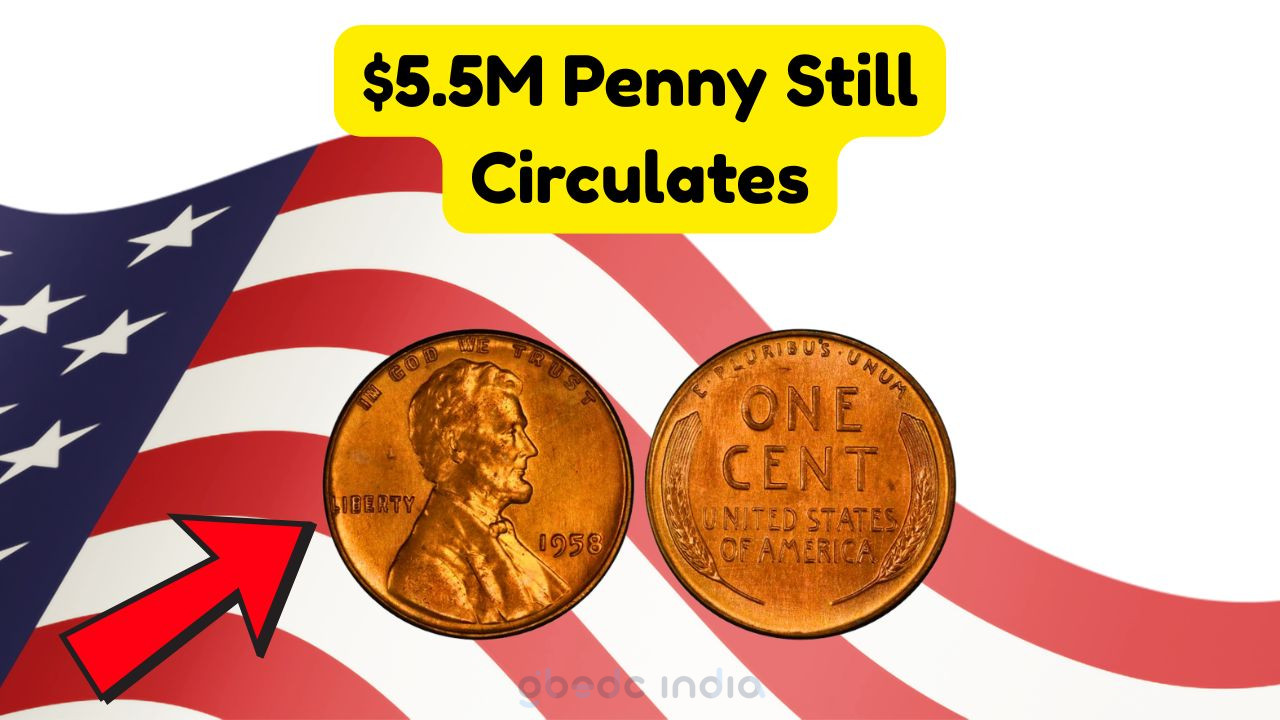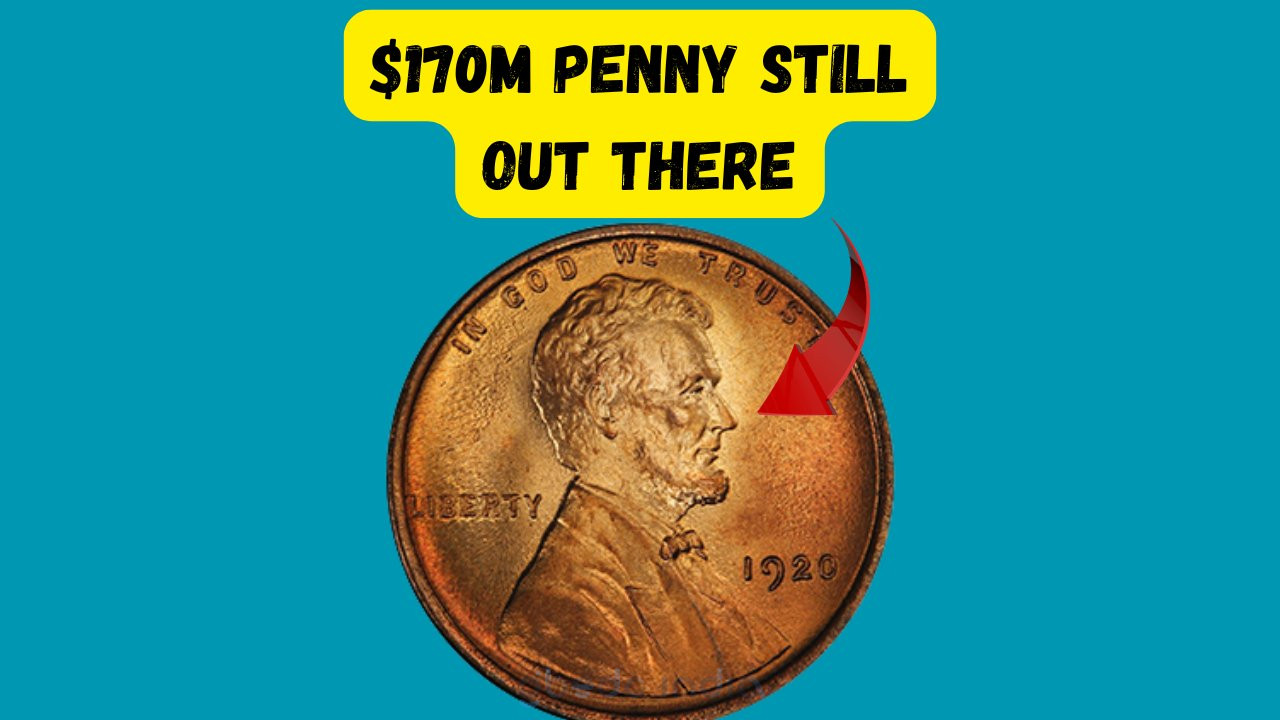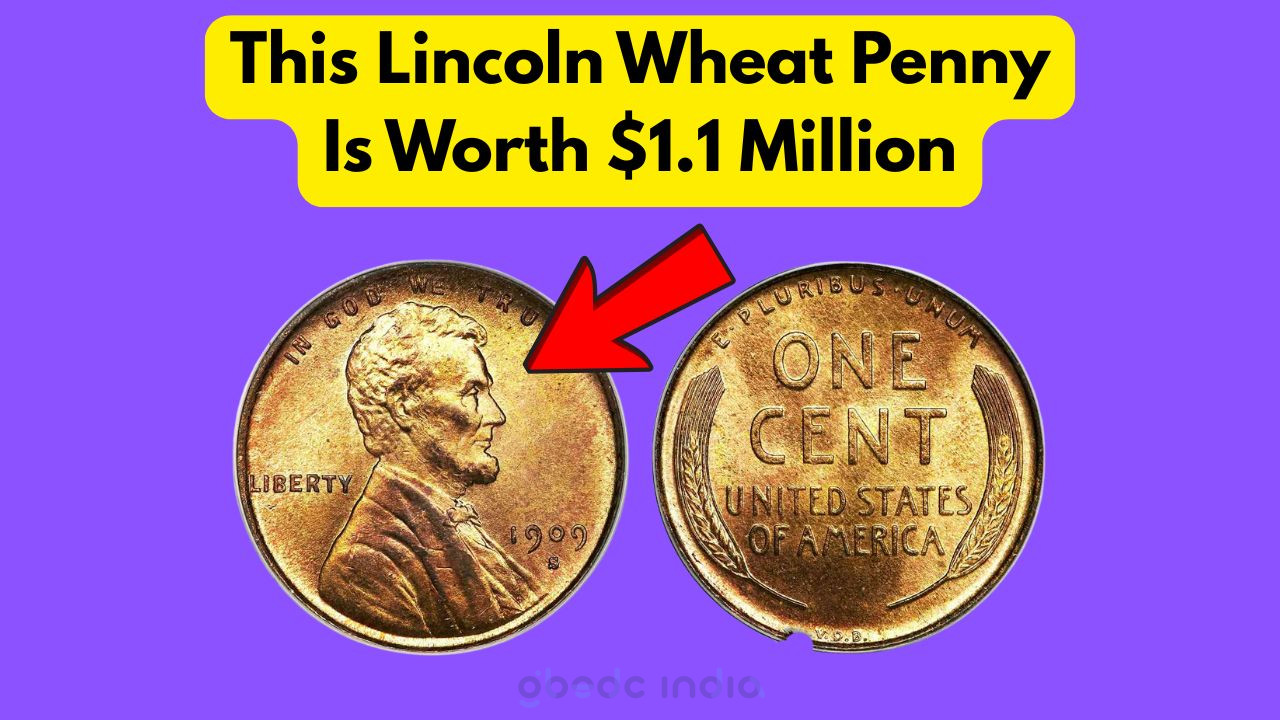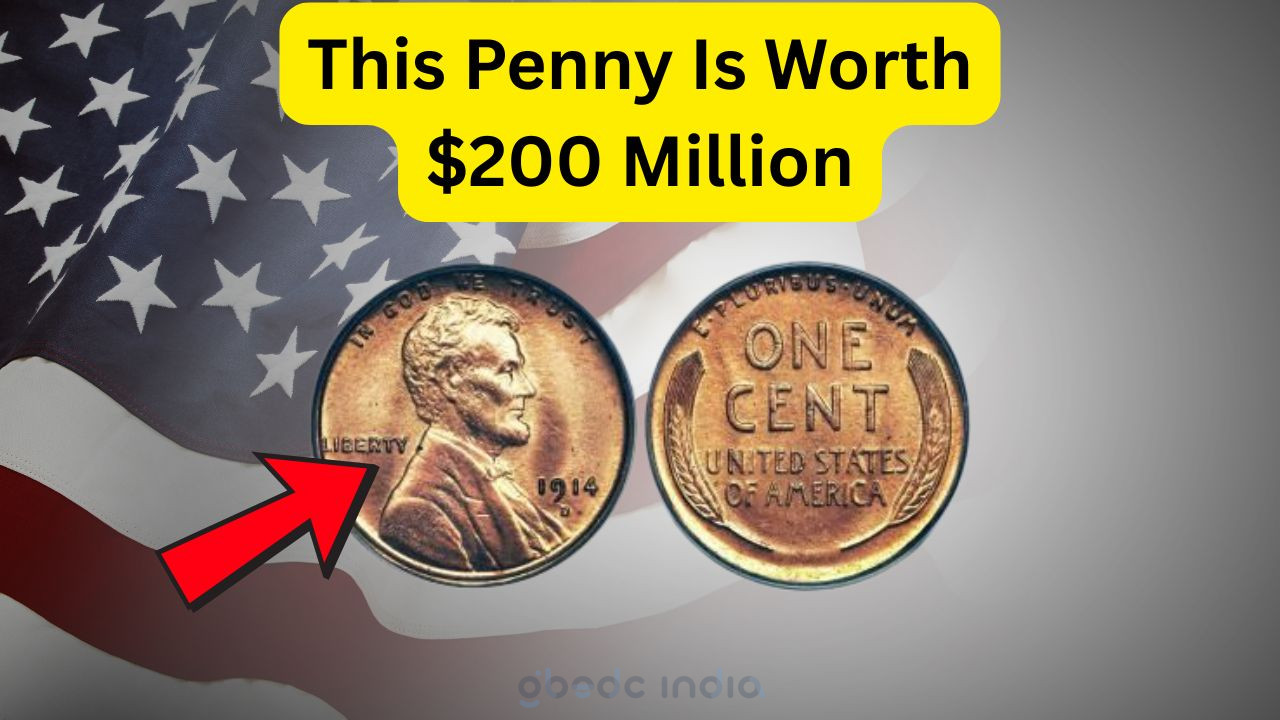Lincoln Wheat Penny
Could a $224K Lincoln Wheat Penny Be Hiding in Your Spare Change?
Lincoln Wheat Penny: The idea of stumbling upon a rare coin is always thrilling, especially when it comes to the iconic Lincoln Wheat Penny. This particular penny, minted from 1909 to 1958, not only holds historical significance but also the potential for a hefty payday. Recently, the market has seen instances where a rare Lincoln Wheat Penny fetched an astounding $224K at auction. So, could such a valuable coin be nestled among your spare change?
- Understanding the history of the Lincoln Wheat Penny.
- Identifying key features that increase a penny’s value.
- Exploring how these pennies became collector’s items.
- Tips on where to find these valuable coins.
- The importance of coin grading.
- How to sell a valuable Lincoln Wheat Penny.
- Investing in coin collections: A beginner’s guide.
| Year | Mint Mark | Condition | Value Range | Notes | Rarity | Auction Price |
|---|---|---|---|---|---|---|
| 1909 | V.D.B. | Mint State | $650 – $1,200 | First year of issue | High | $1,750 |
| 1914 | D | Fine | $150 – $300 | Low mintage | Moderate | $2,000 |
| 1922 | No D | Good | $400 – $1,000 | Missing mint mark | Very High | $5,000 |
| 1931 | S | Choice Uncirculated | $100 – $200 | Scarce | Moderate | $300 |
| 1943 | Steel | Uncirculated | $20 – $50 | Steel composition | Common | $75 |
| 1955 | Double Die | Extra Fine | $1,000 – $1,800 | Double die error | High | $3,500 |
| 1958 | P | Proof | $50 – $75 | End of series | Low | $200 |
| 1944 | D | Very Fine | $5 – $10 | Common wartime issue | Common | $15 |
Uncovering Rare Lincoln Wheat Pennies
For many coin enthusiasts, the allure of the Lincoln Wheat Penny lies in its rich history and the possibility of finding a diamond in the rough. Some of these pennies, due to their rarity and condition, are highly sought after by collectors. Specific years, mint marks, and errors significantly boost a penny’s value. For instance, the 1909-S V.D.B. and the 1914-D are among the most coveted. Furthermore, errors such as the 1955 Double Die can fetch thousands of dollars at auctions. Understanding these nuances is crucial for anyone hoping to capitalize on their coin collection.
- Researching historical data on mint years.
- Examining coin condition and grading.
- Seeking expert opinions for verification.
- Staying updated on market trends.
- Networking with other collectors for insights.
- Using online databases and auction results.
- Attending coin shows and exhibitions.
Tips for Discovering Valuable Coins
Embarking on the journey to find valuable coins like the Lincoln Wheat Penny can be both rewarding and educational. Start by examining your existing collection and loose change. Pay close attention to the mint year and any unique characteristics. Utilizing a magnifying glass and basic coin grading tools can assist in identifying potential treasures. Additionally, visiting local coin shops and attending collector conventions can offer valuable insights. These venues often provide opportunities to learn from seasoned collectors and experts.
- Organizing and cataloging your coin collection.
- Investing in a magnifying glass for close inspection.
- Understanding mint marks and their significance.
- Joining coin collecting clubs and forums.
- Regularly checking pocket change and coin rolls.
The Role of Coin Grading in Determining Value
Coin grading plays a pivotal role in establishing the value of a Lincoln Wheat Penny. The condition of the coin, often referred to as its grade, can significantly influence its market price. Grading considers factors such as luster, strike, and overall appearance. Professional grading services offer detailed assessments that provide credibility to a coin’s condition. This procedure is essential for serious collectors and sellers aiming to achieve the best price. Understanding the principles of coin grading is fundamental for anyone involved in the numismatic world.
- Learning the basics of coin grading scales.
- Recognizing signs of wear and tear.
- Using reference guides for grading comparisons.
- Submitting coins to professional grading services.
- Documenting the condition of your coins over time.
- Utilizing online grading resources.
Where to Find Rare Coins
Finding rare coins like the Lincoln Wheat Penny often requires both patience and strategy. While some individuals have discovered valuable coins in circulation, others have found success by searching through bank rolls or attending estate sales. Online marketplaces and auctions also serve as platforms where collectors can acquire unique pieces. Building relationships with local dealers and participating in community coin events can also enhance your chances of discovering valuable finds.
- Exploring estate sales and garage sales for hidden gems.
- Checking bank rolls for overlooked rarities.
- Browsing online auction sites for potential buys.
- Networking with coin dealers for insider tips.
- Attending local coin collecting clubs.
- Searching through family heirlooms for unrecognized treasures.
| Source | Method | Pros | Cons |
|---|---|---|---|
| Bank Rolls | Search through bank-obtained rolls | Low cost, potential for rare finds | Time-consuming, low success rate |
| Estate Sales | Attend sales for potential collections | Access to older collections, negotiable prices | Competition with other buyers |
| Online Auctions | Bid on rare coin auctions | Wide selection, convenient access | Risk of overpaying, potential scams |
| Coin Shows | Visit shows for direct purchases | Expert advice, verified sellers | Travel costs, limited by location |
| Dealers | Buy from professional dealers | Expertise, authentication | Higher prices, limited negotiation |
| Family Heirlooms | Explore family coin collections | No cost, personal history | Limited selection, potential for bias |
| Coin Clubs | Join clubs for networking | Shared knowledge, group purchases | Membership fees, commitment required |
| Online Marketplaces | Shop on sites like eBay | Wide access, competitive pricing | Authenticity risks, shipping costs |
Investing in Coin Collections
Investing in coin collections can be a rewarding endeavor, both financially and personally. Starting with a focus on coins like the Lincoln Wheat Penny, beginners can gradually expand their collections. It’s essential to approach this hobby with a strategic mindset, considering factors such as historical significance, rarity, and market trends. Regularly updating your knowledge and staying informed about the numismatic market can enhance your investment’s potential returns.
- Setting a budget for initial investments.
- Focusing on specific themes or eras.
- Tracking market trends and prices.
- Building a network of fellow collectors and experts.
- Documenting and insuring your collection.
- Exploring different coin grades and types for diversity.
Preparing to Sell Your Lincoln Wheat Penny
Lincoln Wheat Penny
Once you’ve identified a valuable Lincoln Wheat Penny in your possession, preparing it for sale is the next crucial step. Ensuring the coin is properly graded and authenticated increases its appeal to potential buyers. Choosing the right platform to sell, whether through auctions, private sales, or online marketplaces, can significantly impact the final sale price. Additionally, understanding the market and timing your sale when demand is high can boost your returns.
Lincoln Wheat Penny
Lincoln Wheat Penny
Lincoln Wheat Penny






